Crested Goshawk (Temminck, 1824)
Crested Goshawk Accipiter trivirgatus
Other Name : none
Resident
Migratory are unconfirmed however have been observed migrating with other species. This is assuming the direction and population on the site sided to migratory but actually status is unconfirmed.
Status and distribution
Common resident in low elevation south to Johore. Frequented park and housing area where nest have been documented in this location.
Description
Head brownish with black crown and nape crest. Underpart of body mesial streak with streak breast and barred on the remaining part. Barring size degraded on thigh. Upperpart brown. Tails almost evenly devided tail barring. Cere, eye and leg are yellow. Center toes is roughly about 20% longer then side toes.
Male: Greyish side of head and more rufous streak and barring on underpart. Barring are more join and less broken.
Female: Brownish side of head and darker brown on streak and barring on underpart. Barring are thicker and more broken.
Juvenile: Brown head with whitish streak. Eye duler in colour. Upperpart pale brown. Undearpart and pale white with spot and mesial streak. At very young age no streaking or barring can be seen but develop as ages.
Confusion Species
Easily confuse with Besra. Crested Goshawk will have one colour on breast streak compare to black or mix black and rufous streak on breast. Barring on underpart thick and from Besra by degrading marking on thigh where as Besra have equally thick barring or thick spot on thigh.
From shikra in flight especially for juvenile plumage, by more dark barring on flight feather 4-5 dark bar on shikra where Crested Goshawk only have 3-4 dark bar. Spotting on underpart are less well arrange compare to Shikra which is somewhat streak in a line downwards. Also see wing formula on Shikra.
Geographical Variation
A.t.indicus a resident subspecies. Migratory subspecies are from the same subspecies as well.
A.t. microstictus borneo only. This subspecies is richer in colour compare to indices
Behaviour
Solitary or in pair. Breeding pair are observed to patrol territory together. Displaying male will fluff their vent feather and shiver the wing in mid flight. In hunting, they have been observed to hunt for swift in mid air, small bird and also reptile and frog. Usually seen perching on look out perch to hunt.
Also know to migrate probably local migration but sighting in Tanjung Tuan crossing in from Sumantra have suggest probably long distance as well.
Feed mainly on small mammals such as rat and squirrel. Many occasion reptile were also observed. This food preference out weight small bird.
Territory are nor large. In many occasion a play ground can support one breeding invidiual. One hectare of land can support up to 2-3 pair.
Breeding
Breeding mainly in March to July. However it was noted that from norther peninsula Malaysia the date delay from march onward when population are more southern. Selangor in April and May with nestling up to June. Further south start in May and June.
Nevertheless fledging period unrecorded (Ferguson Lee) however in some record approximately 30-40 days however never full observation was recorded in a single nest.
Habitat
Wooded area, lowland forest, cultivation and mangrove. Also housing area and park with tree.
Tip for Searching
Usually perch slightly below canopy or near top of a bare branch. Never in thick foliage but leafy area.
Some video of Crested Goshawk


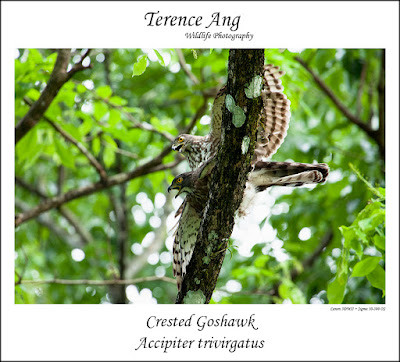










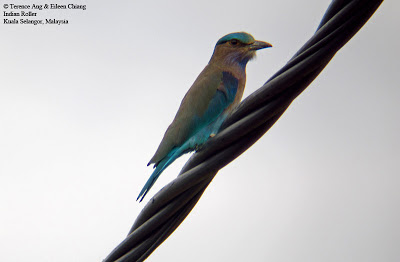
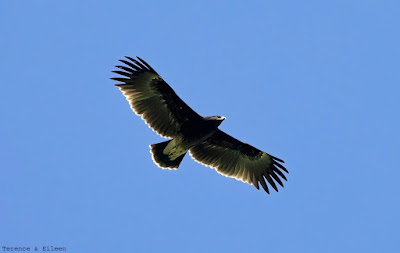
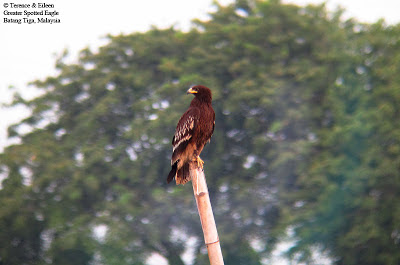

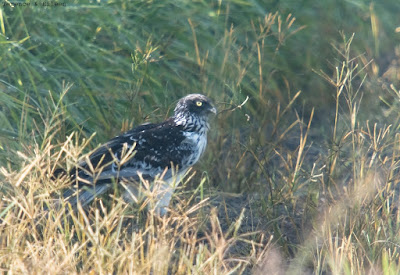
Comments
Post a Comment